Tips for Managing your First Investment Property
February 4, 2020
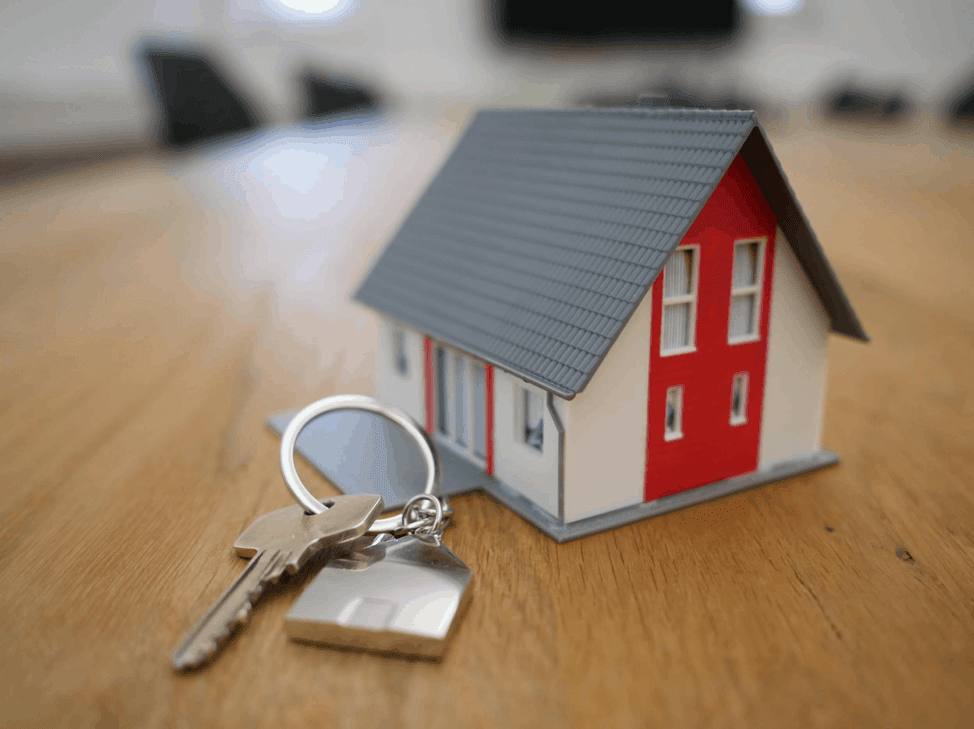
February 4, 2020

Stay up to date on the latest real estate trends.
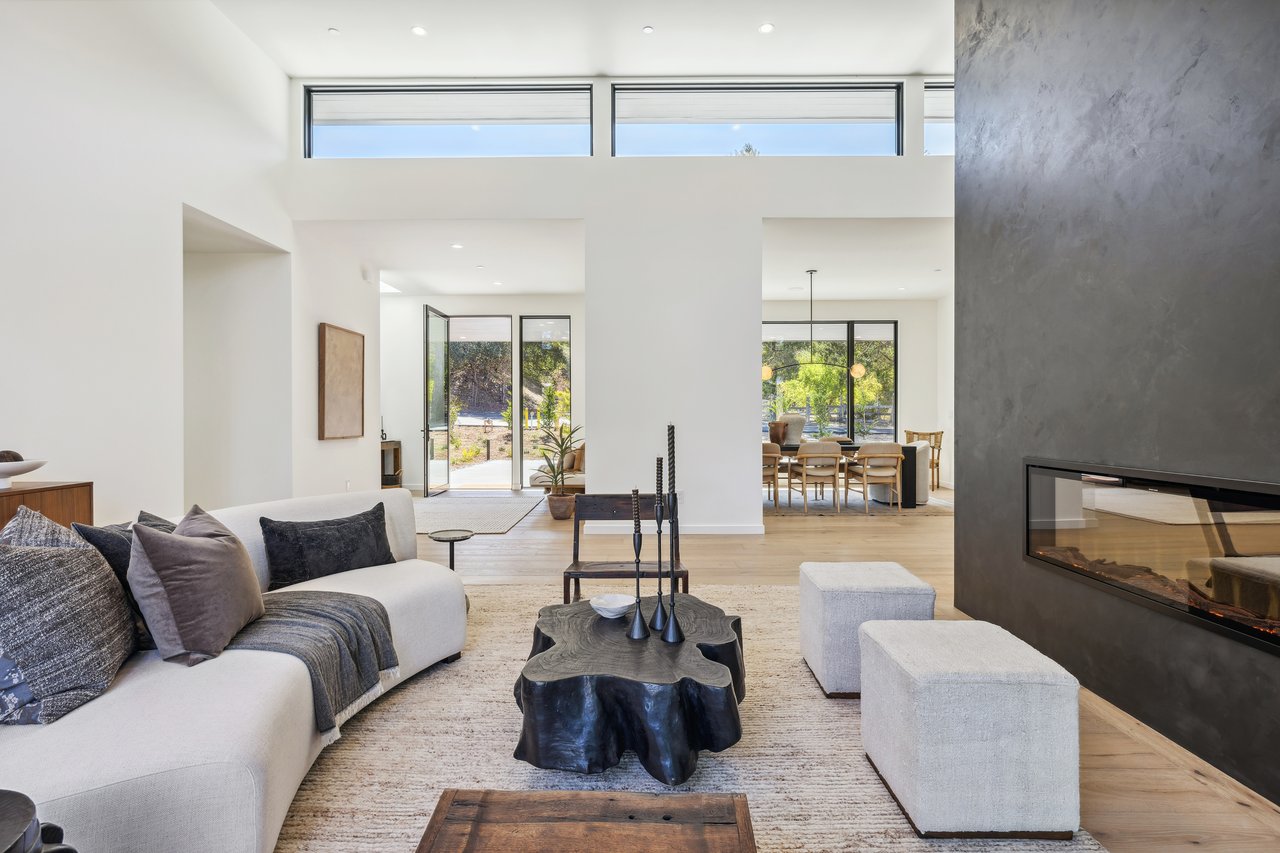
Alexander Narodny | December 17, 2025
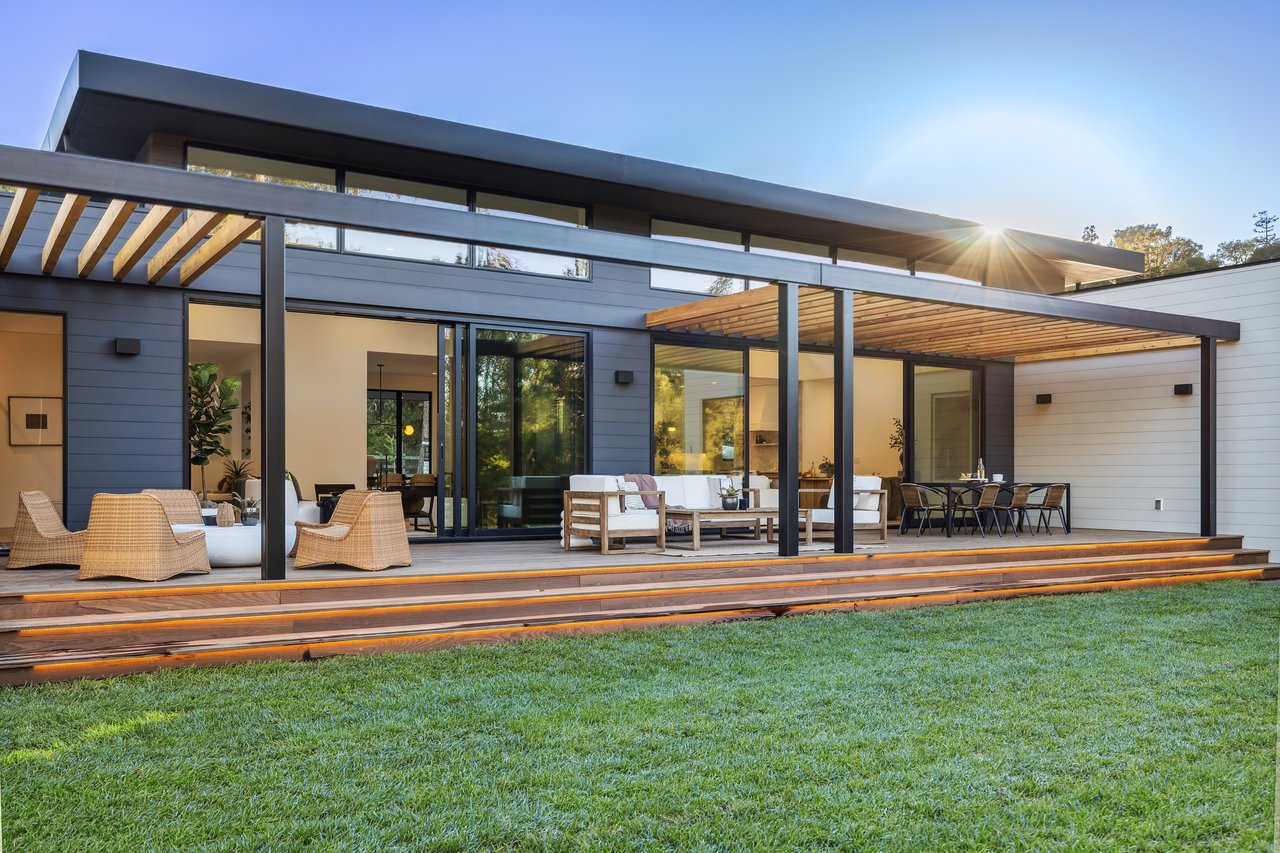
August 4, 2025

September 24, 2024

September 3, 2024

August 12, 2024

July 23, 2024
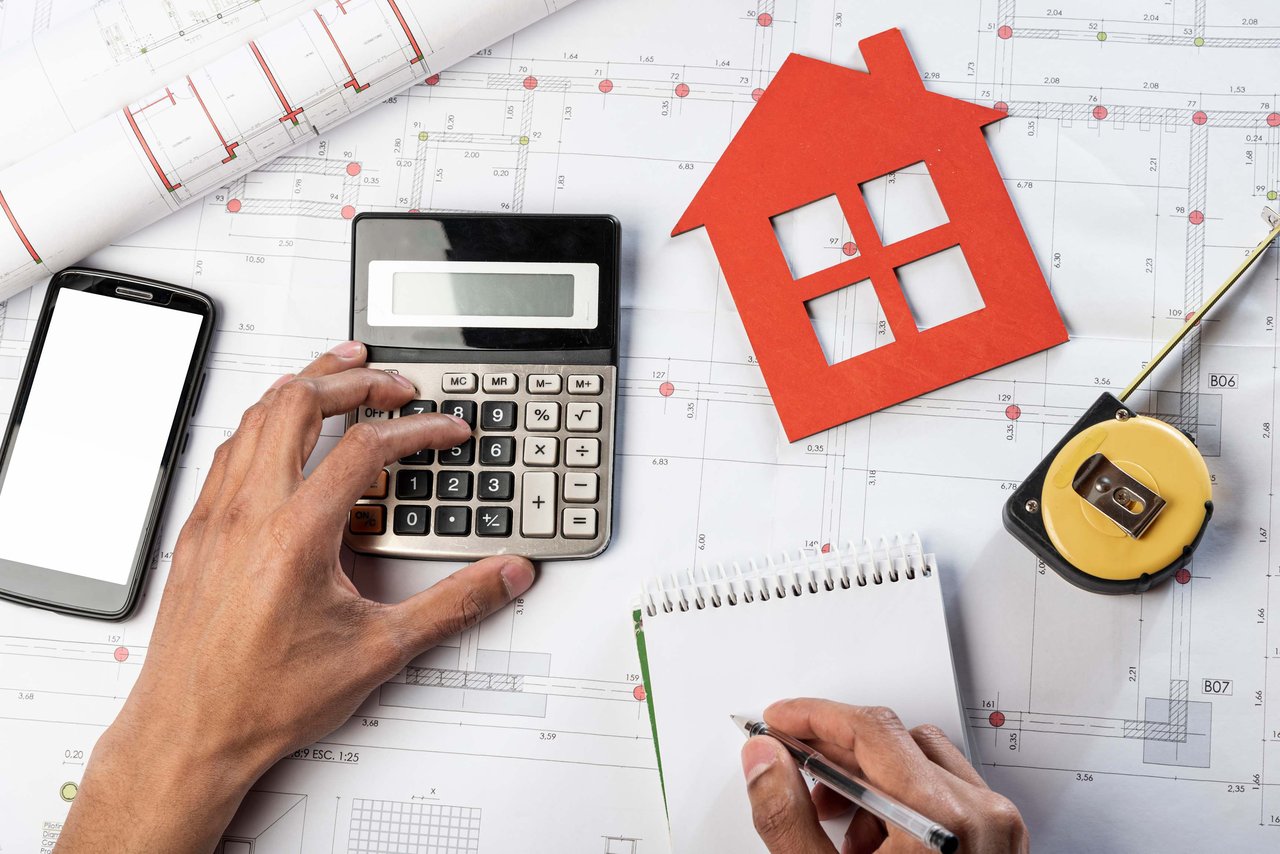
July 8, 2024

July 2, 2024
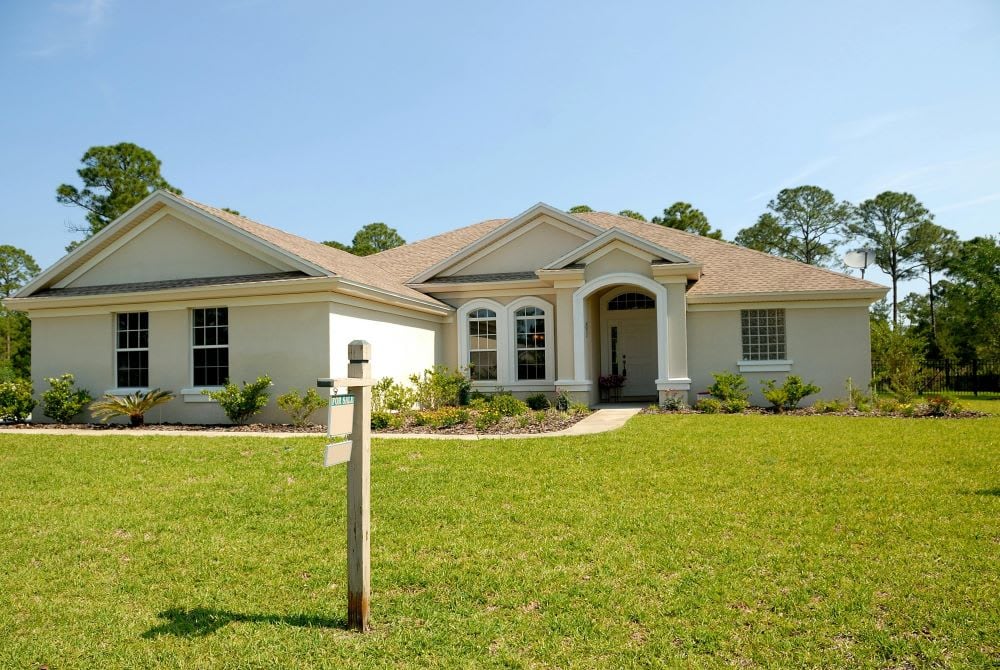
May 29, 2024
You’ve got questions and we can’t wait to answer them.